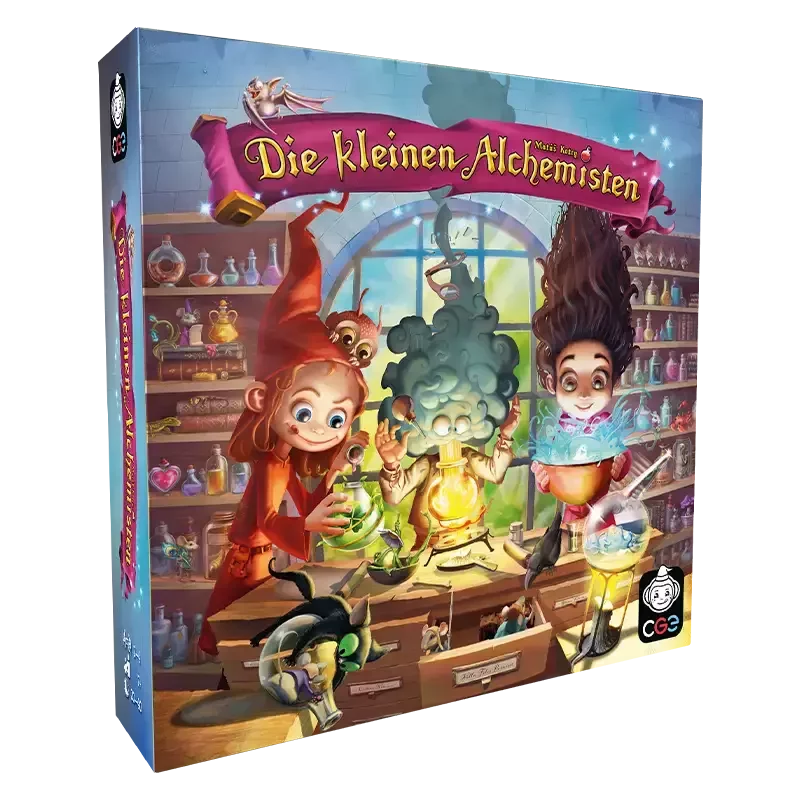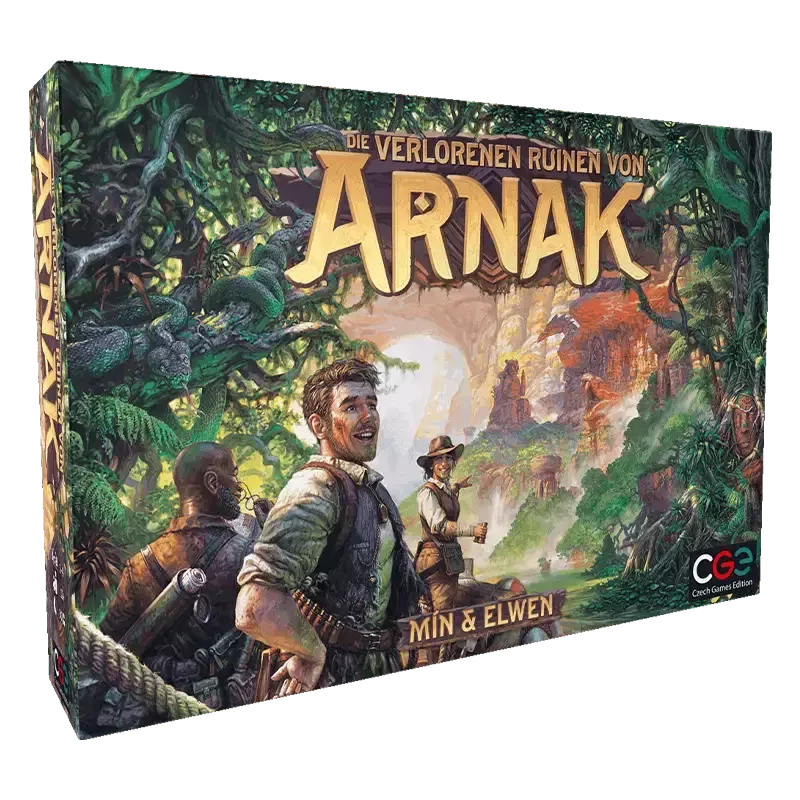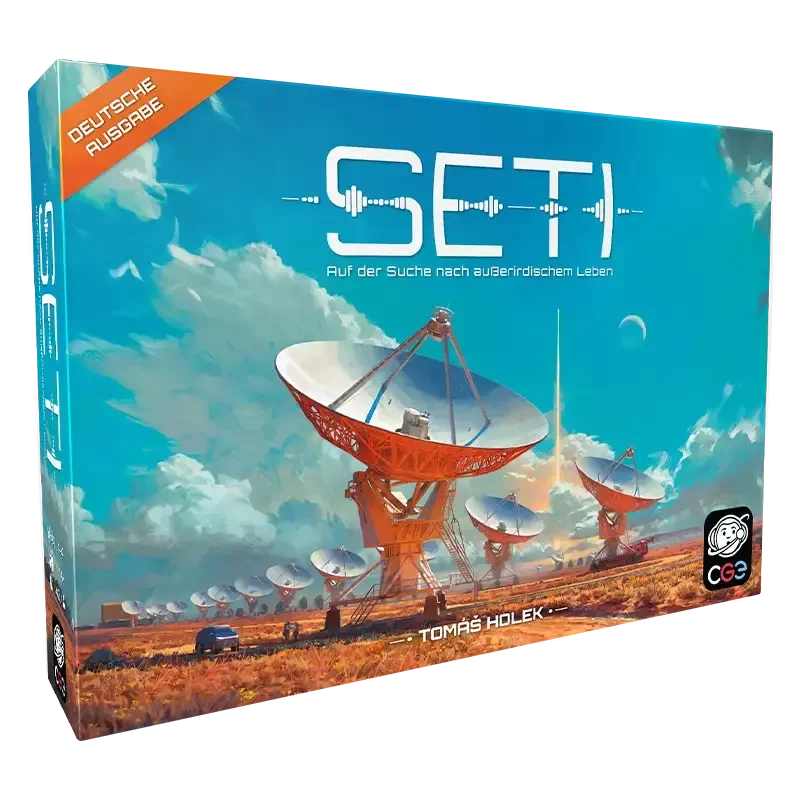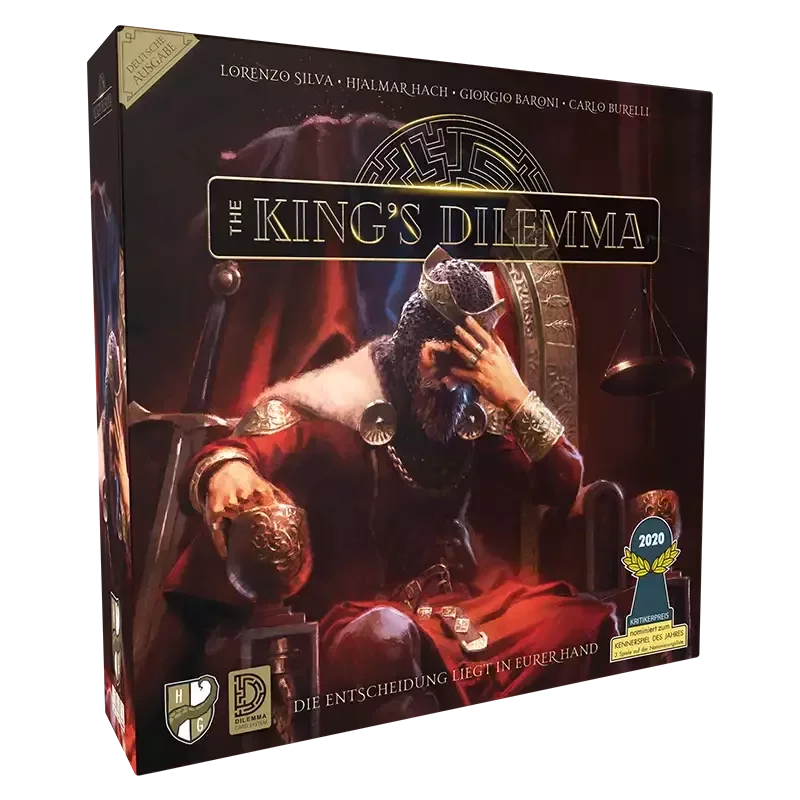Willkommen auf unserer Website!
Wir sind aktuell dabei die neue Website aufzubauen. Zur Zeit sind nicht alle Seiten fertig aber wir freuen uns dich bald mit noch mehr BÄRenstarken Infos versorgen zu können. Schau dich gerne um, wir freuen uns auf dich!
Hier gehts zum Shop
Du möchtest direkt bestellen?
Die HeidelBÄRen
Hier erfährst du mehr über uns und unser Team
Get in Touch
Du hast Fragen? Hier gehts zur unseren Kontakten!
Wir wollen Gutes tun
Nachhaltigkeit ist wichtig und gehört für uns dazu
































